How the first National Park introduced Wilderness to Germany
If you are searching for Wilderness in Europe, there is one kind of place to turn to first: National Parks. Many of our Wilderness areas in the European Wilderness Network are located in National Parks. Core zones of National Parks are often also the only areas that are legally protected from any human intervention by national law. Hence, the importance of National Parks to protect Europe´s Wilderness cannot be overestimated.
Please also read: Germany fails to meet Wilderness targets
The first National Parks in Europe were created in 1909 in Sweden, nine in one go. In many other countries, it took much longer until they designated the first National Parks. In Germany, it took a whole 60 years until the National Park “Bayerischer Wald” (Bavarian Forest) was founded on 7th October 1970. The Bavarian Forest is a special place nevertheless. From the beginning of the idea to create the first National Park in Germany, the Wilderness idea was intrinsic to it. Inspired by the work of world-famous German conservationist Bernhard Grzimek in the vast Wilderness of east Africa, the Frankfurt Zoological Society and other NGOs fought from the start to create the first real German Wilderness.
Opposition to the Wilderness idea
In contrast to this goal stood the long forestry history of Germany, which was still dominated by the Prussian virtues of efficiency, austerity and discipline. Hence, the responsible foresters still logged the forests, especially after natural disturbances like windfall. Only in the 1980s, the Wilderness idea was actually implemented in the National Park. Thanks to ongoing campaigning by Bernhard Grzimek, an ambitious National park management and political support, logging was eventually banned and nature left to itself.
However, the history of the Bavarian Forest also proves that Wilderness does not always reach the result that we expect. In the 1980s, the Wilderness stewards expected that the forest would eventually reach its climax state and undergo few changes from there on. However, a bark beetle outbreak in the 1990s showed them that wild ecosystems are constantly changing and that climax states are only temporary. Since then, the focus lies on securing natural dynamics with an open result.
Nowadays, the park management, environmentalists, politicians and locals are happy with the decision to create the first German Wilderness. The National Park creates lots of revenue for the region and is an invaluable open air laboratory to examine natural dynamics. This is especially pressing now as most German forest suffer from drought and heat caused by the escalating climate crisis and nobody can predict how these forests will fare in the future.
The German National Park network grows
Twenty years after the National Park “Bayerischer Wald” was created, five more National Parks joined the club. In the final year of the GDR, five National Parks were created in Eastern Germany. They were integrated in the German network of protected areas just a few months later. These parks also include unique wild areas, like the Jasmund WILDCoast in National Park Jasmund. And they are refuges for many species like migrating birds, which flock to the Wadden Sea and the “Bodden” landscape on the Baltic Sea coast in the millions.

The stories of these National Parks are promising. However, there is still a long way to go for Germany to fully embrace Wilderness. After committing to 2% Wilderness in 2007, Germany has achieved few in actually designating new Wilderness in the last 13 years. Let´s hope Germany´s Wilderness will grow more in the coming decade.


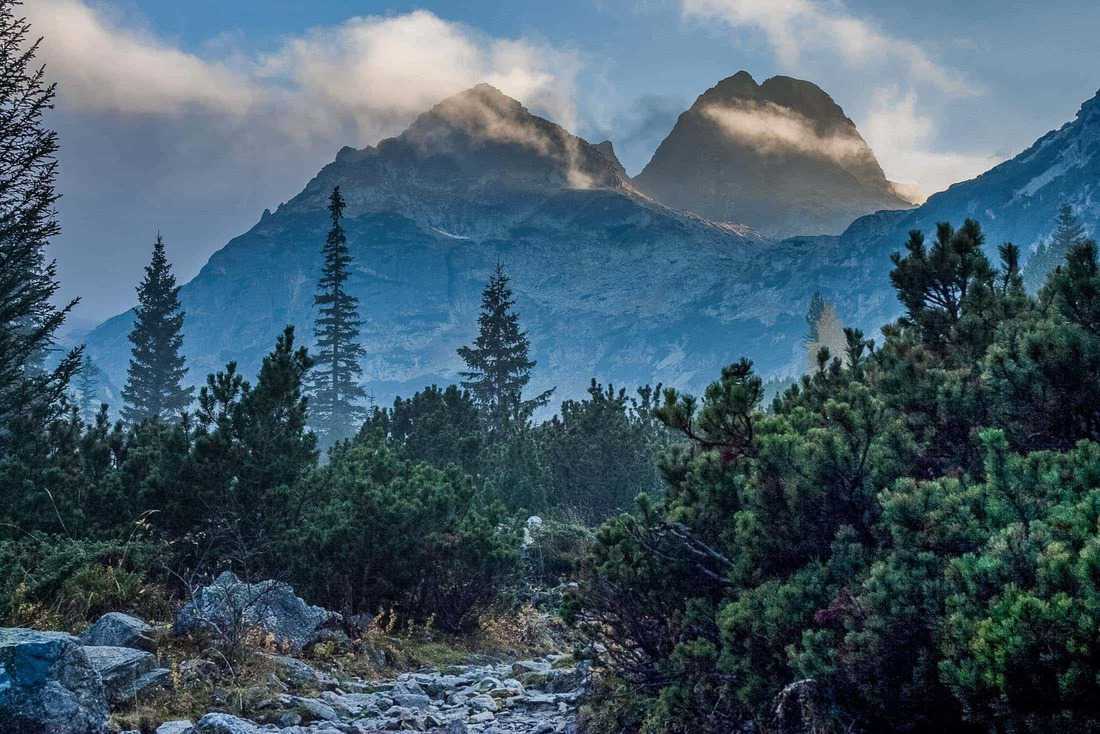
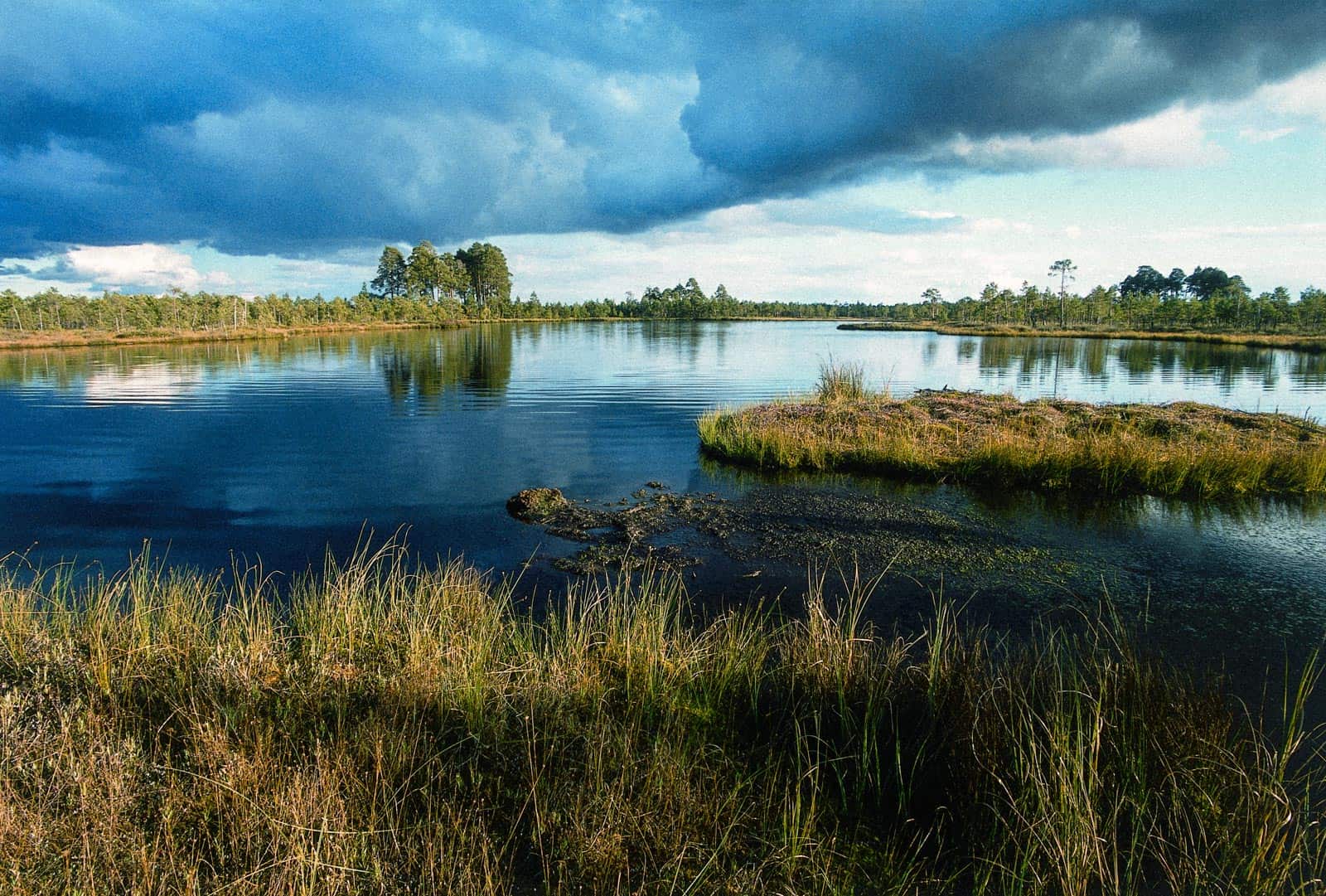
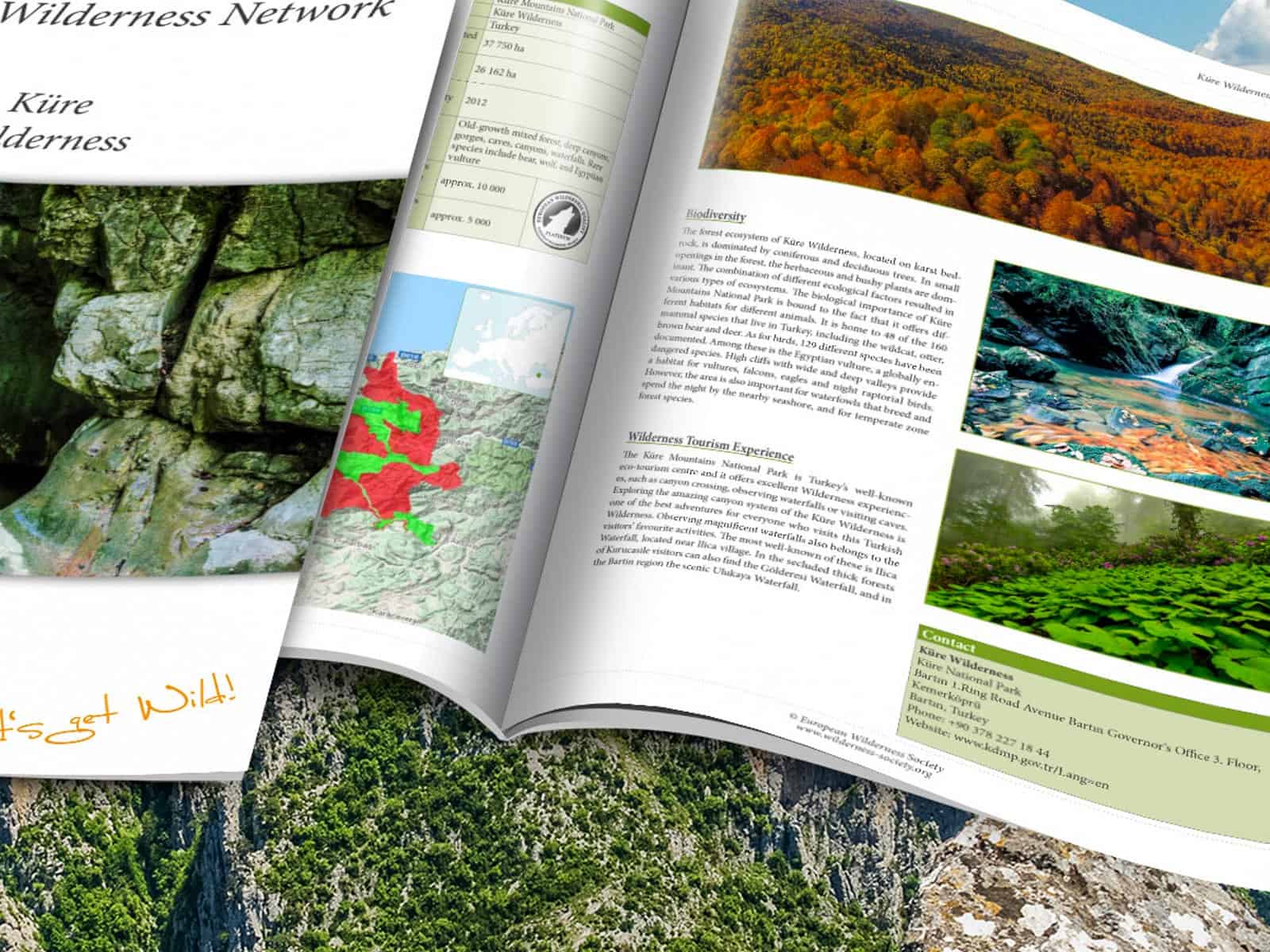

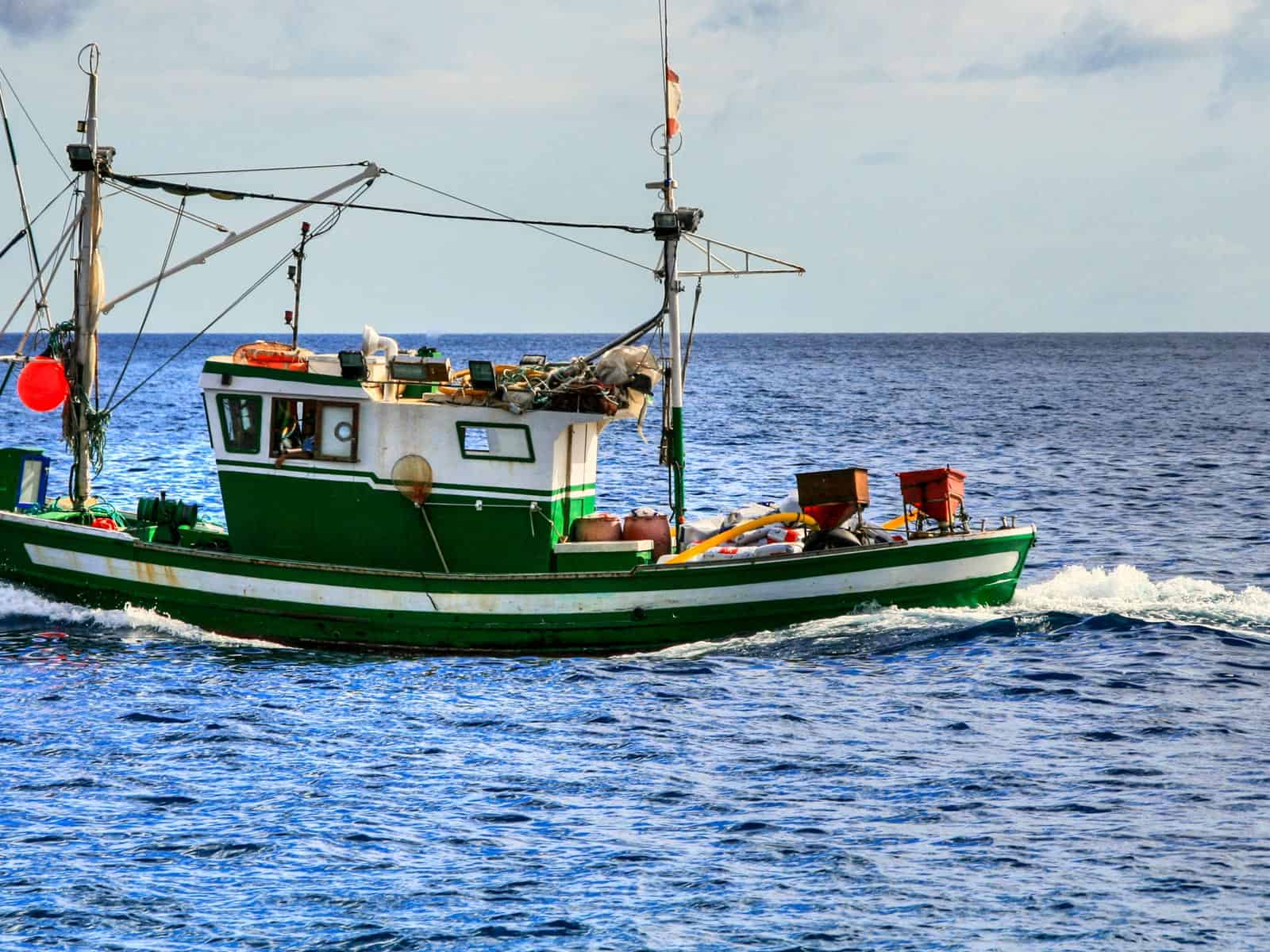
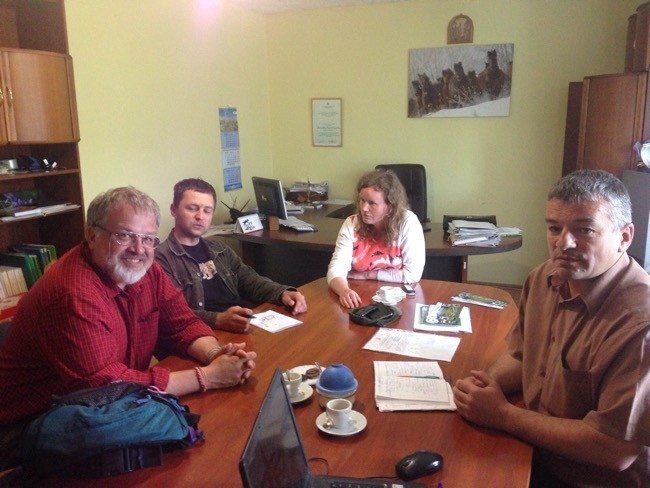


EDIT:
Thanks to information provided by one of our readers, we edited this article on 12/1/21 to include the shift of stewardship goals after the bark beetle outbreak in the 1990s.